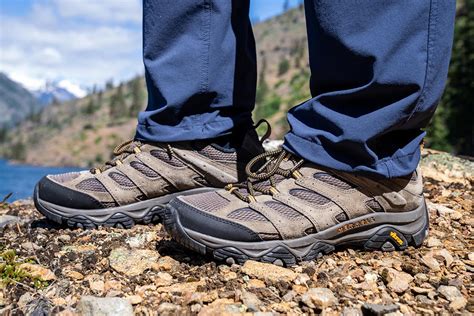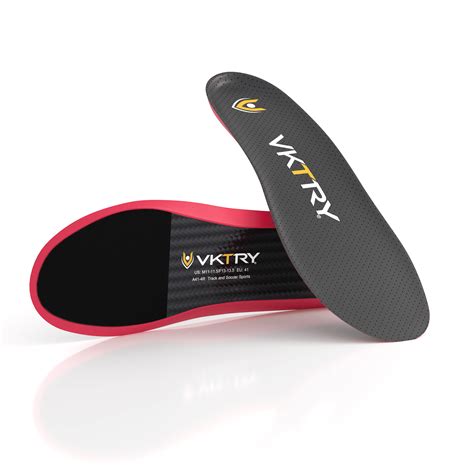5 Tips Leather Hiker Boots

When it comes to trekking through the wilderness or simply navigating rugged terrain, having the right footwear can make all the difference. Leather hiker boots are a popular choice among outdoor enthusiasts due to their durability, water resistance, and grip on various surfaces. However, to get the most out of your leather hiker boots and ensure they remain in top condition, there are several tips to keep in mind.
1. Break Them In Properly
One of the most critical steps in owning leather hiker boots is the break-in period. Unlike synthetic materials that tend to mold to your foot quickly, leather takes time. The break-in process can be painful if not done correctly, leading to blisters and discomfort. To break in your boots properly, start by wearing them around the house for short periods with the same type of socks you plan to hike in. Gradually increase the time as the boots begin to soften. You can also use boot stretchers or apply leather conditioners to help soften the leather, though it’s essential to follow the manufacturer’s recommendations to avoid damaging the material.
2. Condition the Leather Regularly
Leather conditioning is crucial for maintaining the health and water resistance of your boots. Over time, leather can dry out, leading to cracks and a less effective barrier against water. There are various leather conditioners available, ranging from traditional beeswax to more modern, synthetic products. When applying a conditioner, use a clean cloth to gently rub it into the leather, paying special attention to areas that are more prone to cracking, such as the flex points around the toes and the heel. Allow the conditioner to absorb fully before applying another coat or wearing the boots.
3. Waterproofing: An Additional Layer of Protection
While conditioning helps maintain the leather’s natural water resistance, applying a waterproofing treatment can provide an extra layer of protection against wet conditions. Products like silicone sprays or wax can be applied to the boots after conditioning to repel water more effectively. It’s essential to test any waterproofing product on a small, inconspicuous area first to ensure it doesn’t discolor the leather. Regular waterproofing can significantly extend the life of your boots, especially if you frequently hike in wet or snowy conditions.
4. Cleaning: A Delicate Process
Cleaning your leather hiker boots requires care to avoid damaging the leather. After a hike, especially if you’ve been in muddy or dirty conditions, let the boots dry naturally. Avoid using heat, as it can cause the leather to dry out excessively. For cleaning, use a soft brush to remove any loose dirt or debris. For more stubborn stains, mix a small amount of mild soap with warm water, and use a soft cloth to gently scrub the area. Avoid soaking the boots in water, as this can damage the leather and the glue holding the boot together. After cleaning, apply a conditioner to moisturize the leather.
5. Storage and Maintenance
How you store your boots when not in use can also impact their longevity. It’s best to keep them in a cool, dry place, away from direct sunlight, which can cause the leather to fade or dry out. Consider storing them with boot trees or stuff them with newspaper to maintain their shape. Regularly inspect your boots for any signs of wear, such as loose soles or torn stitching, and address these issues promptly. A small repair now can prevent a more significant problem later.
In conclusion, with the right care and maintenance, leather hiker boots can provide years of reliable service, making them a worthwhile investment for any serious hiker or outdoor enthusiast. Whether you’re breaking them in, conditioning the leather, waterproofing, cleaning, or storing them, each step plays a vital role in ensuring your boots are always ready for the next adventure.
FAQ Section
How Often Should I Condition My Leather Hiker Boots?
+The frequency of conditioning your leather hiker boots depends on how often you use them. For boots used regularly, conditioning once a month is a good rule of thumb. For less frequently used boots, conditioning every 2-3 months should suffice. However, if you’ve been in exceptionally wet conditions, consider applying a conditioner as soon as the boots are dry to replenish the leather’s natural oils.
Can I Use Any Waterproofing Spray on My Leather Boots?
+No, not all waterproofing sprays are suitable for leather. Some products can damage the leather or interfere with its breathability. Always choose a waterproofing spray specifically designed for leather and follow the manufacturer’s instructions. It’s also a good idea to test the spray on a small, hidden area of the boot first to ensure it doesn’t cause discoloration.
What’s the Best Way to Dry Wet Leather Boots?
+If your leather boots get wet, the best approach is to let them air dry naturally. Remove the insoles and laces to help speed up the drying process. Stuffing the boots with newspaper can also help absorb moisture. However, avoid placing them near a heater or using a hair dryer, as heat can cause the leather to dry out and potentially crack.


